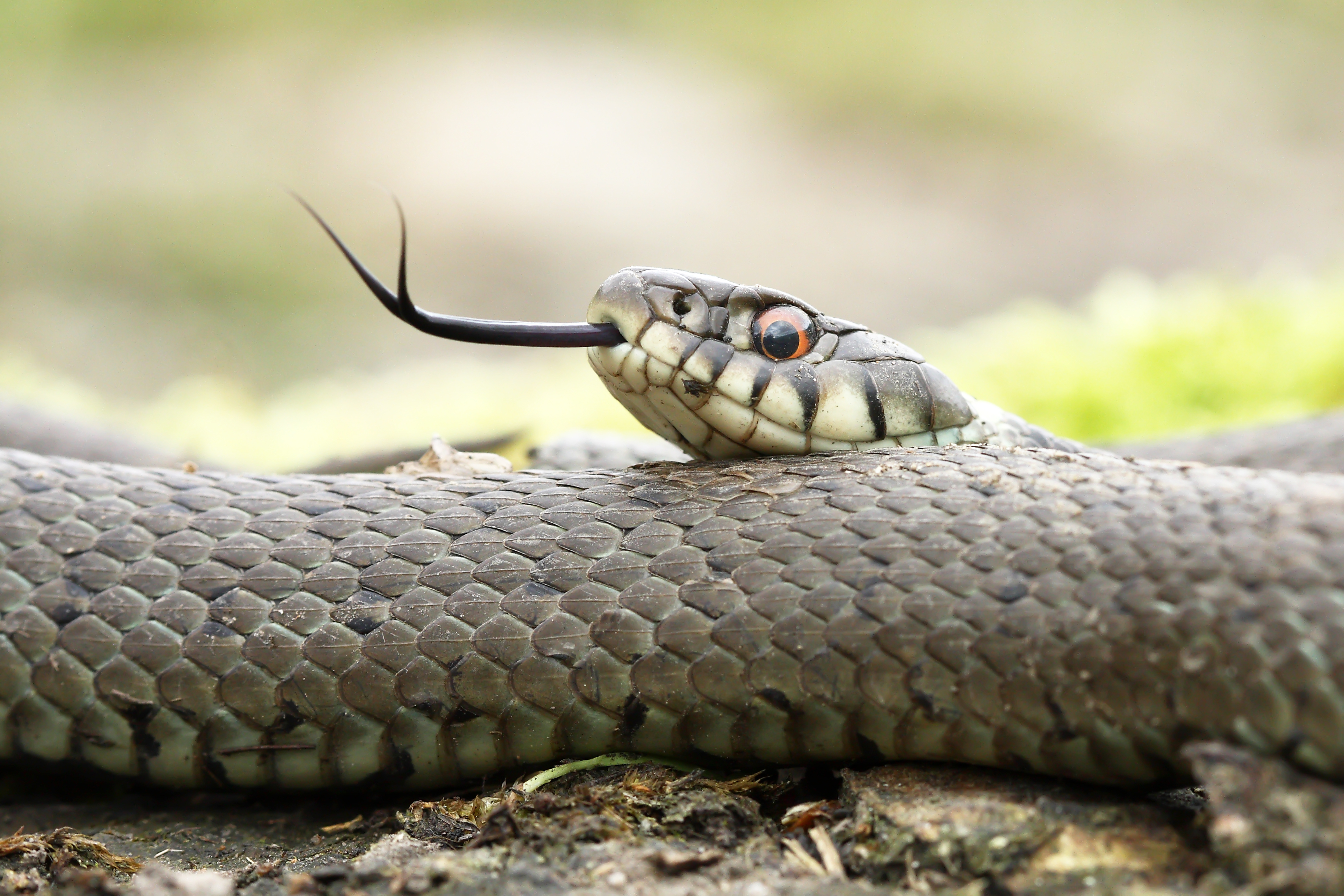Tongue is the chief organ of taste. It also helps in chewing and swallowing. In addition, the tongue plays an important part in forming the sounds of words.

The tongue is made up of many groups of muscles that a person can consciously control. This type of muscle is called skeletal muscle. The tongue muscles run in many different directions. Some muscles arise from a bone called the hyoid bone in the neck. Other tongue muscles are attached to the inner surfaces of the mandible (jawbone) and the temporal bones above the ears. As a result, a person can move the front part of the tongue many different ways. The tongue can move food about. It can push food between the teeth and roll the food into small masses. The tongue helps clean the mouth by removing food from between the cheeks and teeth. In swallowing, the tongue pushes the food back into the pharynx (throat). In doing this, the tongue presses against the palate (roof of the mouth). The tongue also spreads against the sides of the mouth. This action prevents the food from moving in any direction except back into the pharynx.
The tongue is covered with a mucous membrane. The undersurface of the tongue is smooth. But many papillae (small projections) give the tongue a rough surface on the top.

Four types of taste buds are found in the papillae. The four kinds enable us to distinguish between sweet, sour, salty, and bitter tastes (see Taste). The tip of the tongue is more sensitive to touch than any other part of the body (see Touch).
The tongue is a useful organ to many animals. Frogs and some birds use their tongues to catch insects. Hummingbirds use their long tongues to lap up plant nectar. Dogs, cats, and other animals use their tongues for many purposes. For example, they use their tongues to lap up water and to clean their fur.
